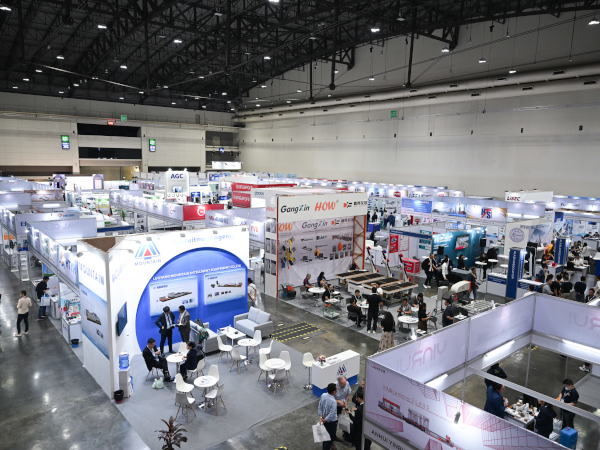
Date: 23 September 2024
Information was presented by panelists Lothar Erkens (Winco Window), Matt Manning (Oldcastle Building Envelope) and Vaughn Schauss (Kuraray). Mike Troutman (MI Windows and Doors), Co-Chair of the FGIA Fenestration Safety Committee, moderated the safety panel.
Ballistics with Matt Manning
Manning started by defining ballistic glass as laminated glass that has been designed and tested to withstand attack from a specific weapon, ammunition type and number of shots. Bullet-resistant glass is found in many places like banks and prisons. He noted that there are bullet-resistant standards, including ASTM F3279 for bullet-resistant only and ASTM F1233 for bullet-resistant and forced entry. Tests involve different types of shots including a single shot and a pyramid formation.
Installing ballistic glass in a standard, untested frame creates a weak point and increases the potential for life safety issues and increases liability, Manning explained. Any ballistic glass needs to be installed in a frame that has been tested to the same level of ballistic resistance, but it’s important to not stop there, he said.
“With Sandy Hook, when [the shooter] first got there, he stopped because the door was reinforced,” said Manning. “But all he had to do was step about two and a half feet to the left and he could get in. Similar to framing, the entire entrance needs to be hardened against that attacker.”
School Security with Vaughn Schauss
“School shootings all seem to have one thing in common: the windows and doors were a vulnerability,” said Schauss. For example, in Uvalde, TX, the shooter was able to enter through an unlocked door, he explained. “These events are typically over in eight minutes or less,” said Schauss. “Our industry can play a role in helping to mitigate some of these tragedies. We don’t need to create a fortress, but we can help buy more time to allow first responders to arrive.”
Laminated glass in windows and doors can provide safety and security, said Schauss. He noted a standard to address what glass may be needed for school security has been developed: ASTM F3561, Standard Test Method for Forced-Entry-Resistance of Fenestration Systems After Simulated Active Shooter Attack. The test simulates an active shooter forced entry situation where the glass is pre-weakened with shots from a 5.56 mm round followed by progressive impacts from a cylindrical impactor. The glass is shot 10 times with an AR-15 in a specific pattern. The glass passes if a 6” diameter ball cannot pass through without touching the glass.
“This new test is starting to gain traction in the market,” said Schauss. “Tennessee has proposed a bill in their legislature to require this test for schools. It's a matter of time before more school districts begin to do the same. Providing deterrents can slow shooters down and give those in the building an opportunity to get away.”
Blast Resistance with Lothar Erkens
“Blast resistance is a very complex topic,” said Erkens. There are several standards for blast resistant fenestration, including those from the Department of Defense, the Veterans Administration and the General Services Administration. “Blast resistance boils down to standoff distances and the range of positive pressure in the air following a blast,” he explained. And for most buildings, there are three different distances:
- Distance 1: Actual Standoff Distance from any wall containing glazed openings to the controlled perimeter
- Distance 2: Actual Standoff Distance from any wall containing glazed openings to the nearest street or roadway curb
- Distance 3: Actual Standoff Distance from any wall containing glazed openings to the nearest legal parking
To get a product to market, a blast resistant door or window must be tested. Live explosive testing can be done in an open arena or special shock tube. Glazing elements must withstand the blast load exhibiting the allowable hazard level and must not disengage from frame. The framing system must respond to the blast load and provide the required level of protection.
Consider testing and calculation options, Erkens cautioned. “You can test to a high level and calculate to a low level, but you cannot calculate up,” he said. “It doesn't work that way.”
For more information about FGIA and its activities, visit FGIAonline.org.
 600450
600450








Add new comment